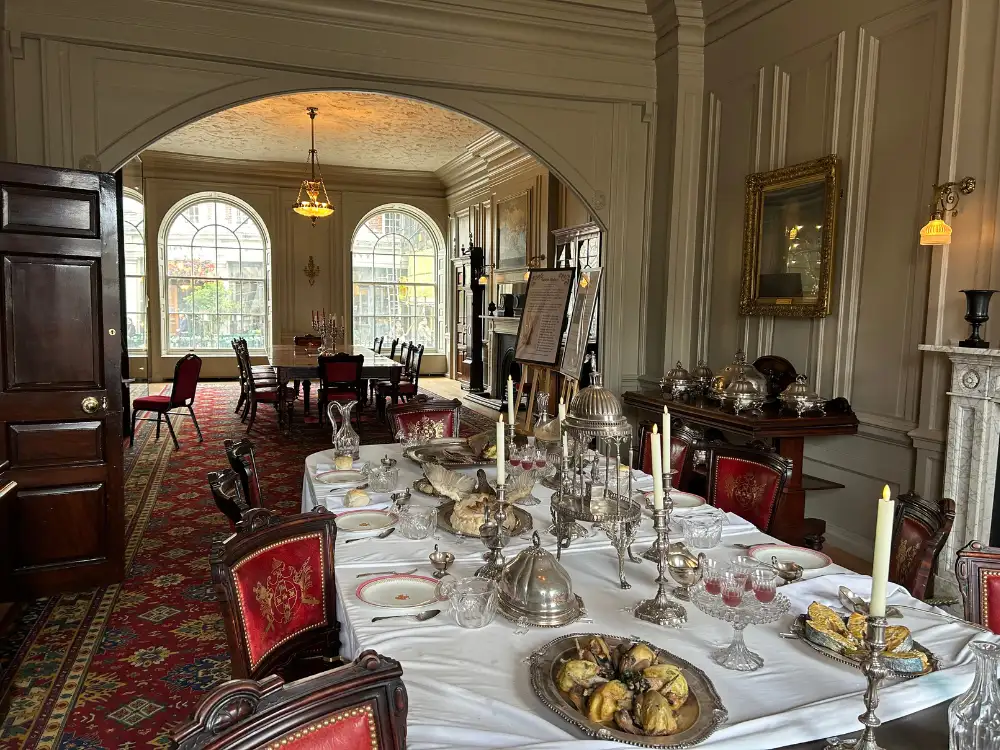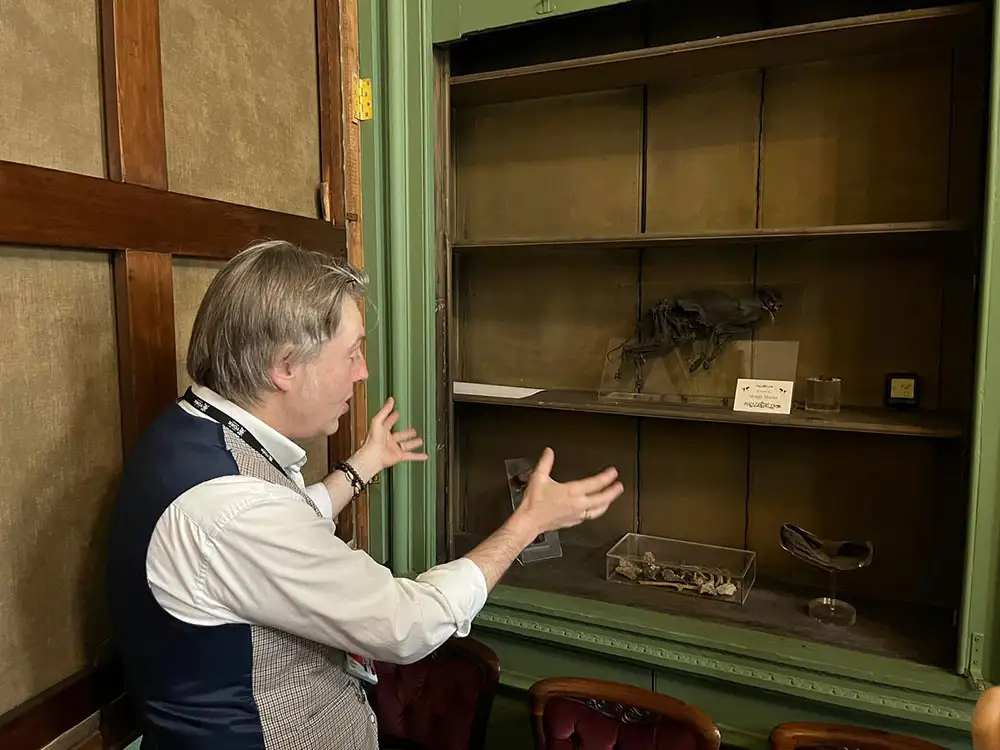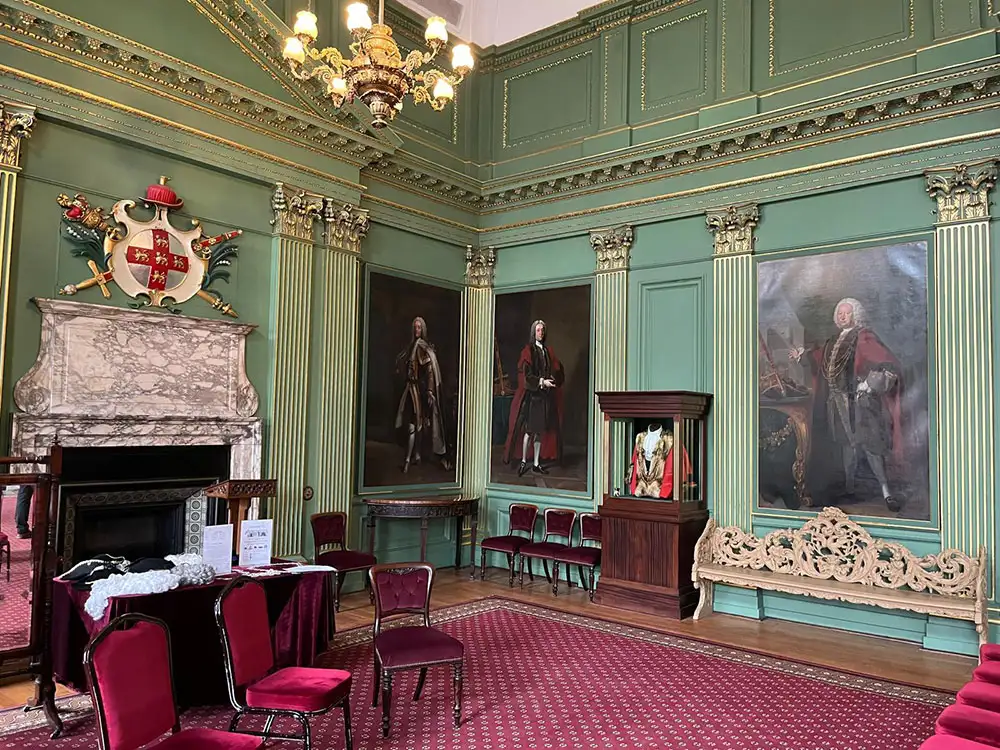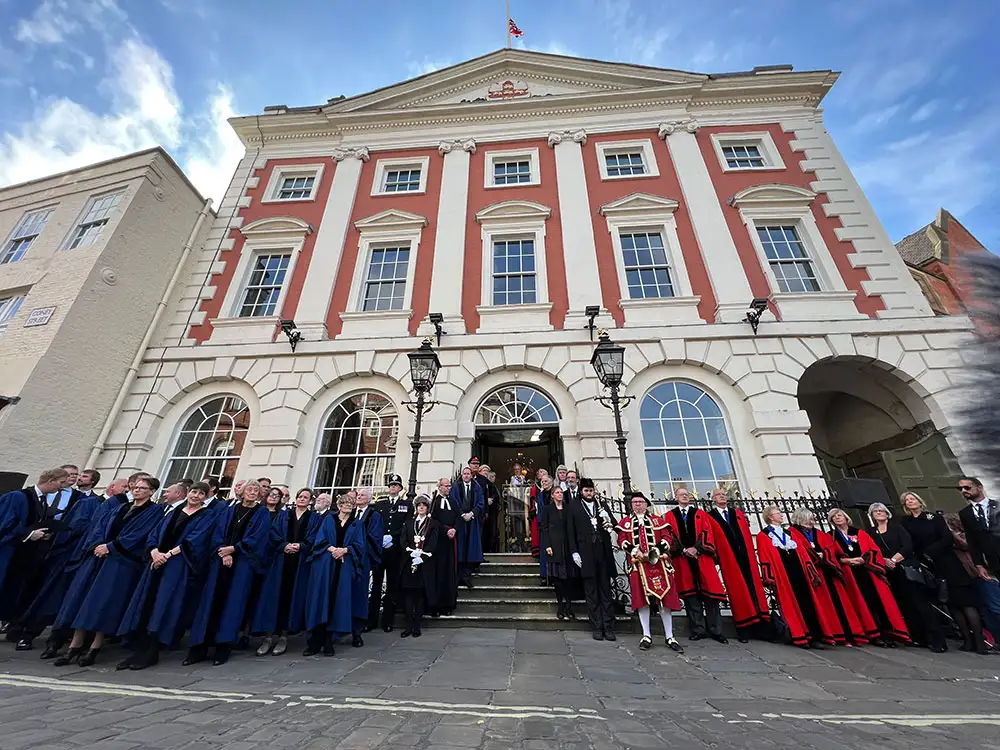York’s Mansion House is to undergo a £1.2 million refurbishment which will make it more energy-efficient and accessible.
And the traditional home of the Lord Mayor will be closed for nine months while the work is carried out.
It will shut in November and, if all goes to plan, open again in time for Yorkshire Day 2025 – the year that marks the 300th anniversary of work beginning on its construction.

While it is closed, other historic buildings, including the Register Office on Bootham and Barley Hall, will host ceremonies and events.
Located on St Helens Square, the Mansion House is a Grade I listed building. Major restorations are complete every six to seven years, with the last project taking place in 2015.
The previous conservation work at the Georgian townhouse cost £2 million and was paid for by Heritage Lottery funding.
It took three years to complete, reopening in 2018.
The upcoming renovation aims to address essential maintenance tasks which include repairing wear and tear to the building and to prevent any further deterioration in the historic roof, walls and windows.
It will also include upgrades to the lift to improve the accessibility and environmental performance of the historic building. Decoration works will also refresh the interior where structural work is required.
Structural issues

The refurb will be overseen by Buttress Architects who provide specialist heritage consultancy and conservation architecture.
The £1.2 million comes from City of York Council’s capital funding.
Hannah Bellerby from Buttress Architects said they carried out a “very detailed analysis of the building and the problems that are present. And from that, there were a number of structural issues that were raised.”
After it shuts, the treasures in the house will be transferred to safe storage over a period of eight weeks.
This will be carried out by staff alongside university students, who will gain a significant insight into working in a historical building.
The restoration work will then begin early 2025. Richard Pollitt, curator of the Mansion House, highlighted some of the main areas that need improving.

“From a public access point of view, it would be the lift, because we’re one of the few historic buildings where, when a lift is working correctly, as it should, you can virtually get everywhere in the house, which is brilliant.
“And we should obviously maintain that.”
The roof on the Mansion House creates extra issues due to its trough structure.
“From the maintenance point of view, the roof is always going to be a significant issue, because once water gets in, that’s when the real damage starts to occur,” Richard said.
Work to reduce emissions, improve insulation, and upgrade the thermal properties of windows will take place during the renovations.
Each of the windows of the Mansion House are of a different capacity, so unfortunately a blanket solution cannot be applied.

Damien Woolliscroft, from Buttress Architects, said: “If you’ve got a historic window that’s 200 years old versus the casement that’s 60 to 70 years old, this window has more capacity for change. So we can suggest looking at secondary glazing.
“With a window that’s 200 years old, we can’t really. We have to look at different ways, such as brush seals that you’d usually get around your doors and windows at home.
“We can install retrofits around the windows which can be taken off afterwards, but it just provides that additional thermal comfort.
“It’s almost like going down the list of in-between solutions, which is always the fun part of it, because it’s never a standby solution with the sort of buildings.”
